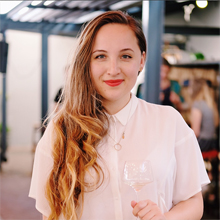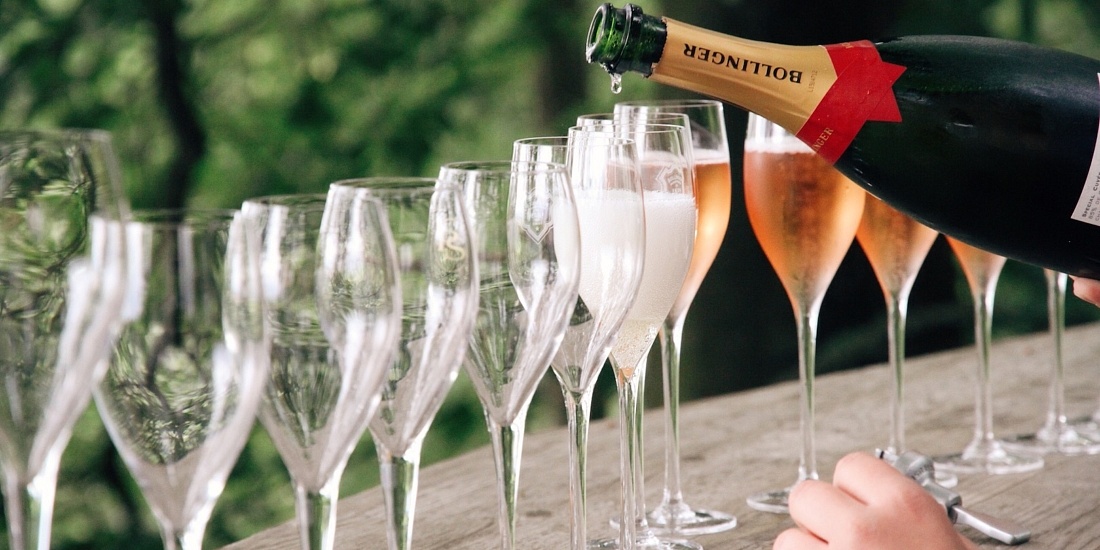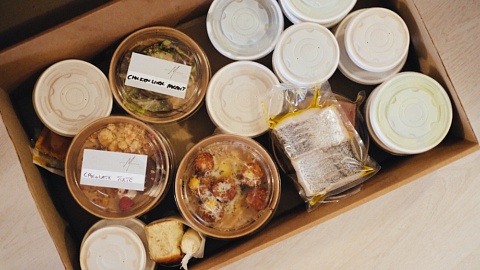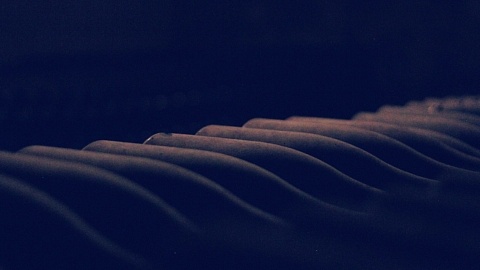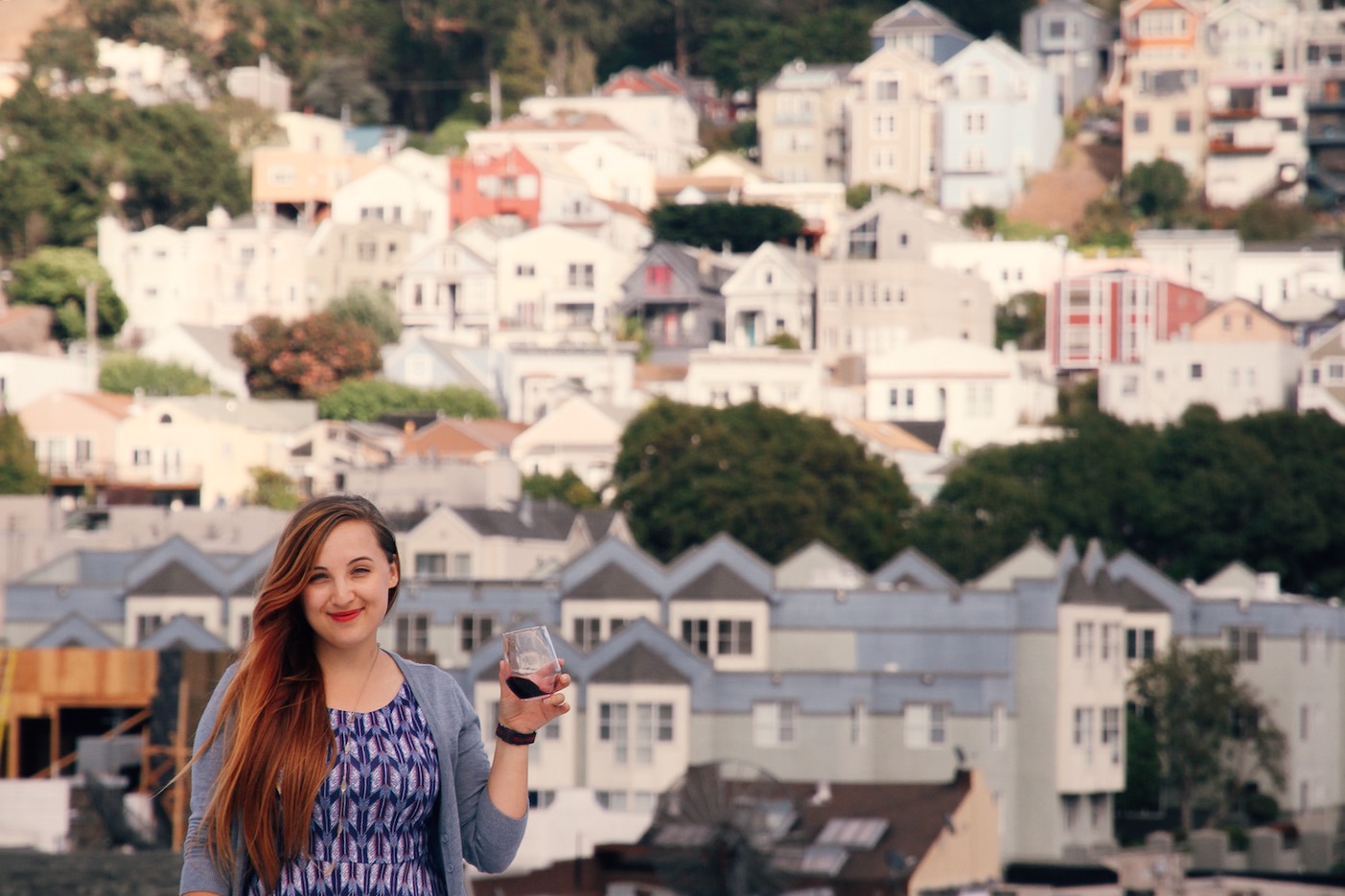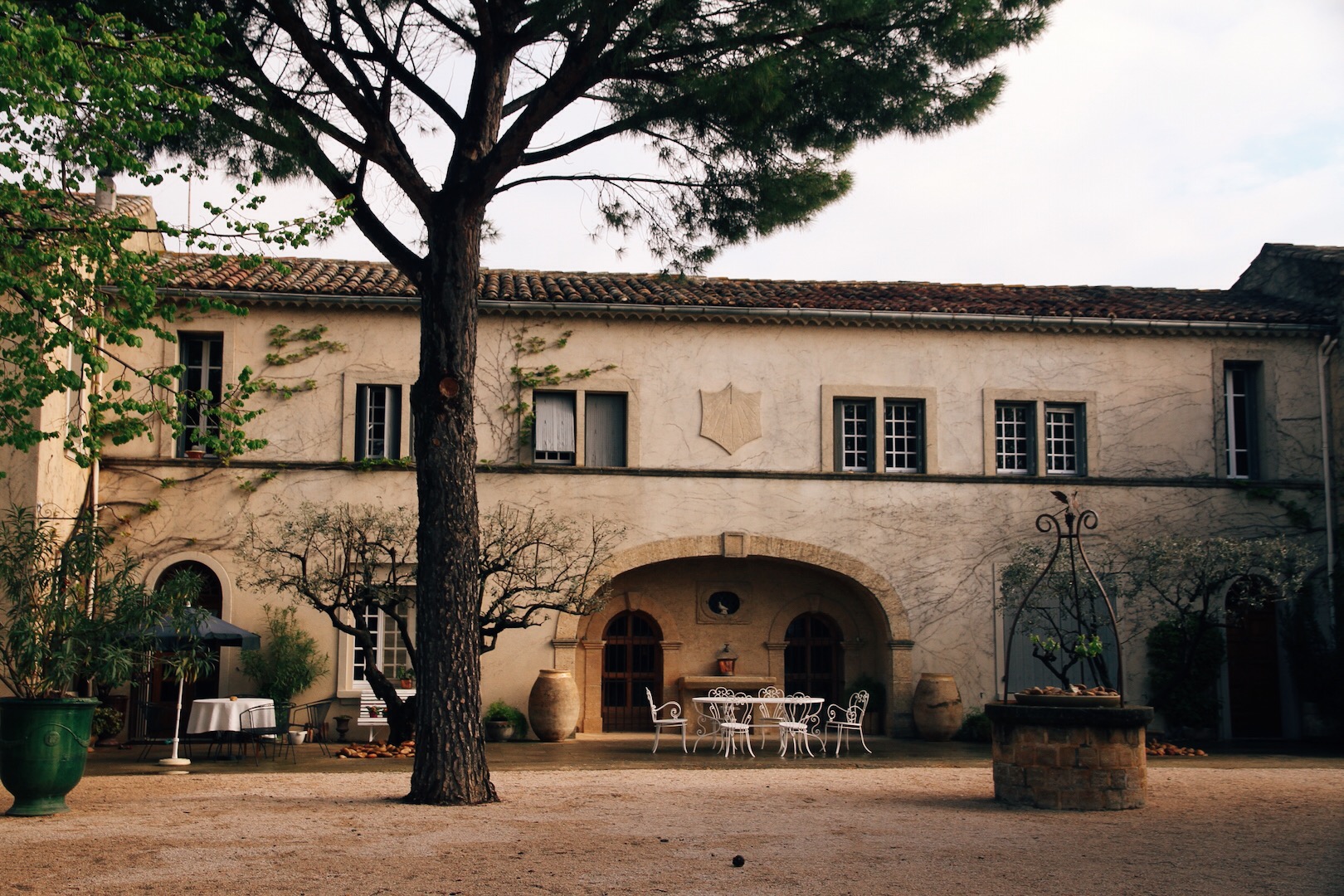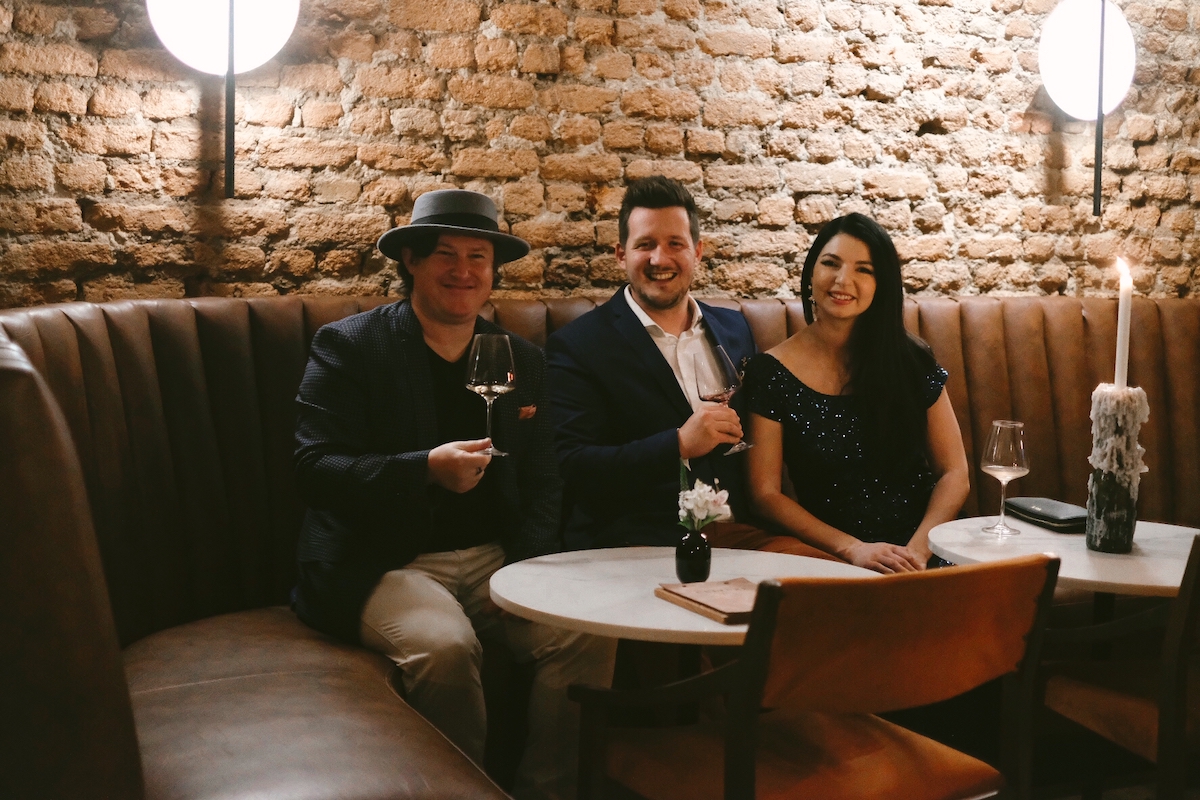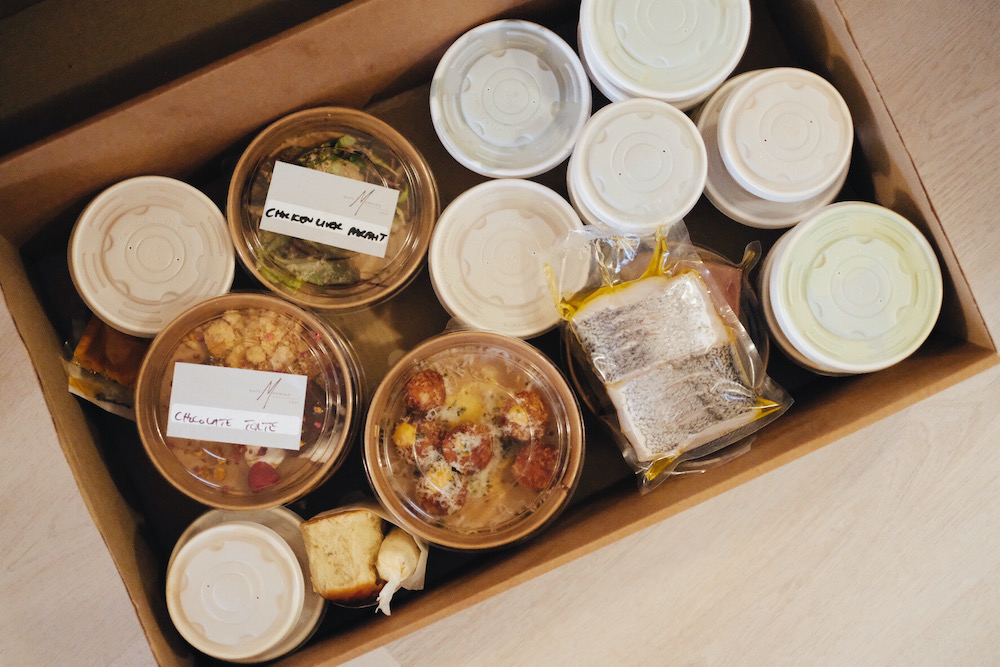
Champagne| SHamˈpān |
[noun]
In a sentence: ‘Ah, Champagne – the drink for when you want to wear your fancy pants.’
Featured: Drappier Champagne Carte d’Or
The myth goes that a blind monk, a certain Monsieur Dom Pérignon, was fiddling around in his Abbey cellar in the region of Champagne in France one day, when he decide to pop open a bottle and inadvertently, while expecting a still wine, tried his first bubbly. The sensation of the bubbles in the wine came as a complete surprise to the blind man, and he proclaimed: “Come quickly, I am drinking the stars!”.
Romantic, yes, but while the monk did work hard to improve the quality of wine in Champagne, the truth is, Champagne sort of invented itself over time, through various mistakes made by winemakers, stronger British glass and, well – luck.
Established as a party drink during the Belle Époque (1890 – World War I), the rich cats of Paris used Champagne as a symbol to celebrate the era of hope, peace and prosperity in France at the time. By the early 1900s, famous French artists such as Toulouse-Lautrec were creating beautiful label designs for Champagne houses, in order to forever entrench the association of the sparkling wine with celebration.
For a sparkling wine to be called Champagne, aka, the real thang, it can only come from one area. Did you guess it yet? Yup – Champagne! This region can be found some 140kms from Paris.
Unlike Riesling or Merlot, Champagne isn’t just one grape variety. It’s a blended sparkling wine. So what grapes are mixed together to make it? Traditionally, the three main grape varieties used in the making of Champagne are Chardonnay, Pinot Noir and Pinot Meunier.
Here’s the question on most people’s minds: How did humans manage to bottle the bubble?
At it’s most basic, to make any wine, the grapes have to undergo a process of fermentation, during which time yeast (either naturally present or added) will turn the sugar in the grape juice into alcohol and carbon dioxide. When making non-sparkling wine, the carbon dioxide by-product will seep through the barrels during fermentation and go into the air, making the cellar a rather dangerous place to work in!
In order for Champagne to have its sparkle, you have to bottle that sparkle (i.e. the carbon dioxide by-product). According to the Traditional Method of Champagne making, you first make a basic white wine blend, in the same way you make any other non-sparkling wine.
The next step is where the magic starts to happen, as the winemaker will then bottle this non-sparkling wine blend and pop in a special mix of sugar and yeast to encourage a process of second fermentation. Then the winemaker will cap the bottle with a beer top (yup!). Second fermentation is exactly what it sounds like – it’s a second fermentation in the bottle thanks to the added yeast and sugar, meaning that once again, the yeast will turn the sugar in the wine into alcohol and carbon dioxide, only this time around, because the bottle is capped, the carbon dioxide has nowhere to escape, and voila, you’ve got bubbles in your wine.
It makes a lot more sense when you see the process actually taking place at a winery, which is why we recommend taking a drive out to a Champagne house on a weekend sometime. Not that you really needed a reason, now did you?
PS.
As a note for the future, if you’re ever in the shopping aisle and don’t understand what Champagne to pick, just remember two things:1) ‘Brut’ = The Level of Sweetness
This can vary from “Brut Zero” as in no sweetness to “Doux” as in super sweet. Pick according to your preference.2) Vintage vs. Non-Vintage Champagne.
In wine lingo, the vintage simply means the year the wine was bottled. A vintage Champagne, say for example a Dom Pérignon 2001, will state the year on the label and it will carry a rather hefty price tag, due to the limited amount of bottles that would have been produced and sold in one specific year.Therefore, for us wine newbies, it’s safer to stick to a Non-Vintage, the traditional style of Champagne, which means that winemaker has made a blend of multiple varieties and vintages to ensure a consistent flavour in the Champagne year after year.
